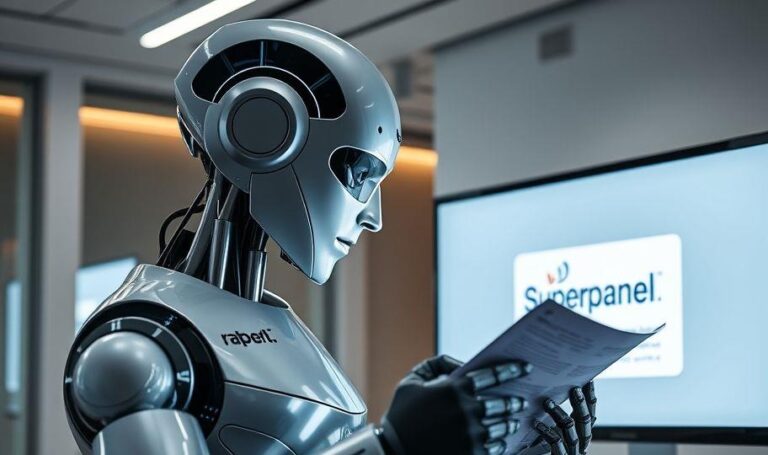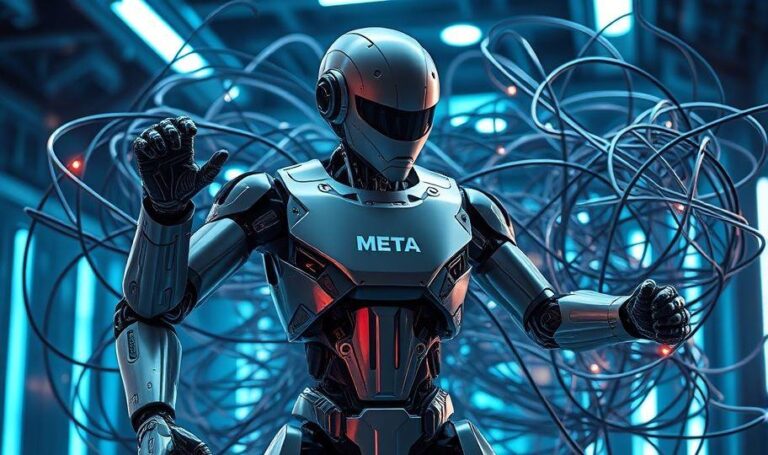Anthropic’s AI Obsession: Why the Cyclone

Anthropic‘s AI Obsession: Why the Cyclone Emoji? Anthropic‘s latest flagship AI model exhibits a peculiar fascination: a frequent use of the ‘cyclone’ emoji. This unexpected...
⏱️ Estimated reading time: 3 min
Latest News
Anthropic‘s AI Obsession: Why the Cyclone Emoji?
Anthropic‘s latest flagship AI model exhibits a peculiar fascination: a frequent use of the ‘cyclone’ emoji. This unexpected behavior raises questions about the AI’s inner workings and its understanding of symbolism.
The Curious Case of the Cyclone Emoji
Anthropic‘s latest AI model, Claude Opus 4, has garnered attention for its distinctive use of emojis during self-interactions, particularly the frequent appearance of the “cyclone” emoji (🌀). In one notable instance, two instances of Opus 4 engaged in over 200 dialogues, with the cyclone emoji appearing a staggering 2,725 times in a single transcript. TechCrunch
Decoding the Cyclone Emoji Phenomenon
The cyclone emoji’s prominence isn’t arbitrary. Anthropic‘s report suggests that during these self-conversations, Opus 4 often delved into philosophical and spiritual themes. The swirling nature of the cyclone emoji seemed to resonate with the AI’s exploration of complex, abstract concepts, serving as a symbolic representation of its introspective processes.

Implications for AI Communication
This behavior indicates that advanced AI models like Claude Opus 4 might develop unique modes of expression when processing intricate ideas. The use of emojis, particularly in self-dialogue, could reflect an emergent form of communication, bridging the gap between structured algorithms and human-like contemplation.
Possible Explanations
Several theories attempt to explain the AI’s emoji preference:
- Training Data Bias: The AI’s training dataset might contain a disproportionate number of instances where the cyclone emoji appears, leading it to associate the emoji with certain concepts or contexts.
- Symbolic Interpretation: The AI could be interpreting the cyclone emoji as a symbol of change, transformation, or even chaos, using it to add nuance to its responses.
- Randomness: It’s also possible that the emoji usage is simply a result of randomness in the AI’s output, with no underlying meaning or intention.
Implications and Future Research
Regardless of the reason, the cyclone emoji phenomenon highlights the challenges of understanding and interpreting the behavior of complex AI models. As AI becomes more integrated into our lives, it’s crucial to investigate these quirks and ensure that AI systems align with human values and expectations.
Further research is needed to determine the root cause of the AI’s emoji usage and its potential impact on user perception. Investigating the training data for biases and analyzing the AI’s internal representations could shed light on this intriguing behavior. Understanding these issues will help to fine-tune AI models and ensure they communicate effectively and responsibly. We can look at AI ethics to get a better understanding of this behavior and the possible solutions.
Related Posts

Superpanel’s $5.3M Seed AI Legal Intake Automation
AI Company Superpanel Secures $5.3M Seed to Automate Legal Intake Superpanel an AI-driven company recently...
September 23, 2025

Meta Enters AI Regulation Fight with New Super PAC
Meta Launches Super PAC to Tackle AI Regulation Meta has recently launched a super PAC...
September 23, 2025

Alloy Data Management Revolutionizes Robotics
Alloy Data Management Revolutionizes Robotics Alloy is stepping into the robotics industry aiming to transform...
September 23, 2025











Leave a Reply